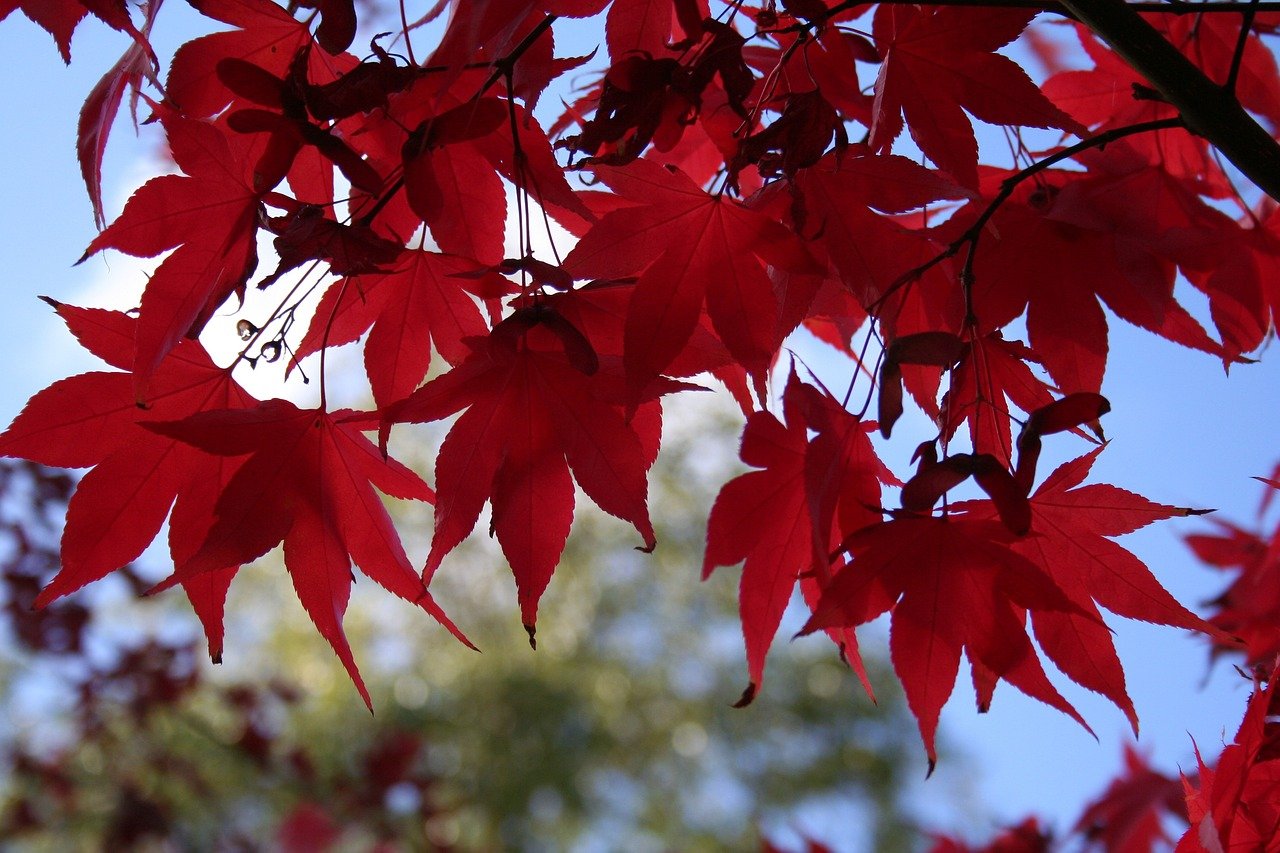Japanese Maple Problems, Pests and Diseases
Have you noticed that your beloved Japanese maple tree is not looking its best? It could be facing a variety of problems, including pests and diseases that can wreak havoc on its health and beauty. In this article, we will explore common issues that Japanese maple trees face and provide tips on how to identify and treat them.
Common pests affecting Japanese maple trees
Japanese maple trees are susceptible to a range of pests that can cause damage to their leaves and bark. These pests include:
Aphids
Scale insects
Spider mites.
Aphids are small, soft-bodied insects that feed on the sap of plants. They can be easily identified by their pear-shaped bodies and the sticky residue they leave behind, known as honeydew. To prevent aphid infestations, it is important to keep your maple tree well-maintained and free from debris. Pruning any affected branches and using organic insecticidal soap can help control aphids and prevent them from spreading to other parts of the tree.
Scale insects are another common pest that can infest Japanese maple trees. These tiny insects attach themselves to the leaves and stems of the tree, sucking out its sap and causing damage. Signs of scale infestation include yellowing leaves, sticky residue, and black sooty mold. To get rid of scale insects, you can use horticultural oil or insecticidal soap to suffocate and kill them. Regularly inspecting your tree and removing any scales manually can also help prevent infestations.
Spider mites are tiny pests that are barely visible to the naked eye. They feed on the sap of the leaves, causing them to turn yellow and eventually die. To control spider mites, you can use a strong blast of water to dislodge them from the leaves. Additionally, introducing natural predators, such as ladybugs, can help keep the spider mite population in check.
Japanese maple tree diseases and their management
The most commonly sees diseases on Japanese Maple trees are:
Powdery Mildew
Verticillium Wilt
Anthracnose
Leaf Spot
Apart from powdery mildew and verticillium wilt, Japanese maple trees can be susceptible to other diseases such as anthracnose. Anthracnose is a fungal disease that causes dark, sunken lesions on the leaves, stems, and branches. Fungicides and proper sanitation practices can help manage anthracnose and prevent it from spreading to other trees.
Another common disease that affects Japanese maple trees is leaf spot. Leaf spot is caused by various fungi and bacteria and manifests as small, dark spots on the leaves. Regular arborist inspections on your trees and promptly removing any infected leaves can help prevent the spread of leaf spot.
Tips for maintaining the health of Japanese maple trees
To ensure the long-term health and vitality of your Japanese maple tree, there are several tips you can follow:
Provide adequate sunlight: Japanese maple trees thrive in partial shade, so make sure to plant them in an area where they receive dappled sunlight throughout the day.
Water properly: Japanese maple trees prefer moist, well-drained soil. Avoid over-watering, as it can lead to root rot and other fungal diseases.
Mulch around the base: Applying a layer of organic mulch around the base of your maple tree can help retain moisture, regulate soil temperature, and suppress weed growth.
Regular pruning: Pruning your tree regularly can help remove dead or diseased branches, improve air circulation, and promote healthy growth.
Fertilize appropriately: Japanese maple trees have specific nutrient requirements. Use a balanced, slow-release fertilizer formulated for maple trees to provide the necessary nutrients without over-stimulating growth.
Japanese maple tree care and maintenance
In addition to following the tips mentioned above, regular care and maintenance are crucial for the health and longevity of your Japanese maple tree. Here are a few additional steps you can take:
Regularly inspect your tree for signs of pests or diseases. Early detection can help prevent the spread of infestations or diseases. We recommend having annual arborist consultations on your trees to keep them happy, healthy and thriving for years to come.
Remove any fallen leaves or debris from around the tree to prevent the buildup of pests and diseases.
Protect your tree from extreme weather conditions, such as strong winds or heavy snowfall, by providing support or shelter when necessary.
Monitor the soil moisture levels and adjust your watering schedule accordingly, especially during hot and dry periods.
Consider consulting with a professional arborist for proper tree care and maintenance, especially if you are unsure about specific issues or treatments.
Japanese maple trees are prized for their beauty and elegance, but they can be vulnerable to a range of pests and diseases. By staying vigilant and taking proactive measures, you can protect your tree from common problems such as aphids, scale insects, powdery mildew, and verticillium wilt. Regular care and maintenance, along with proper watering and fertilization, will help ensure the long-term health and vitality of your beloved Japanese maple tree. Remember, a healthy tree is a beautiful tree. Certified arborists can help your landscape reach it maximum potential and raise the overall value of your property.

